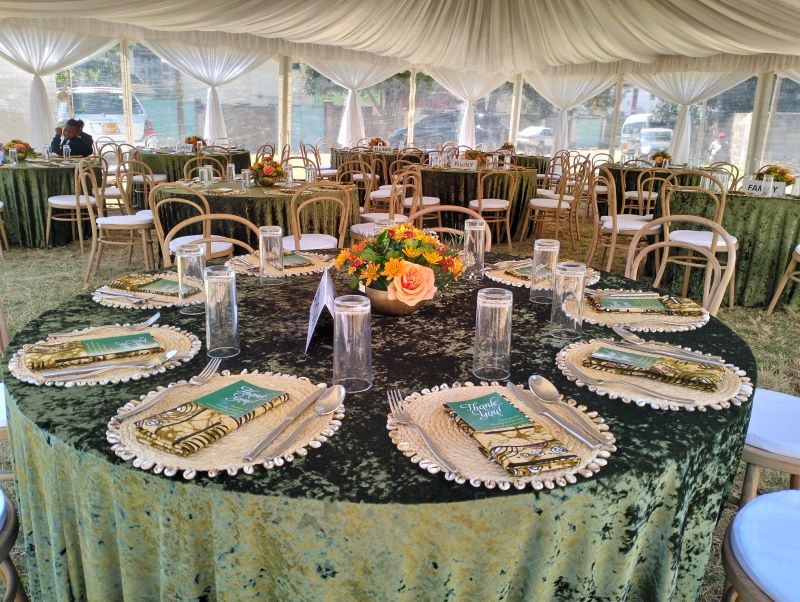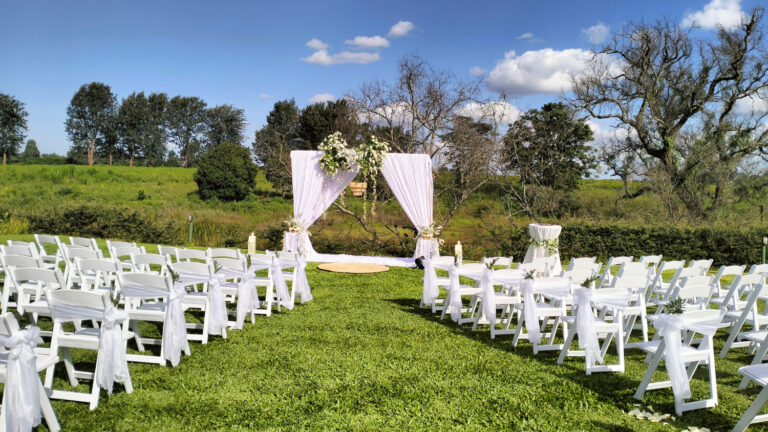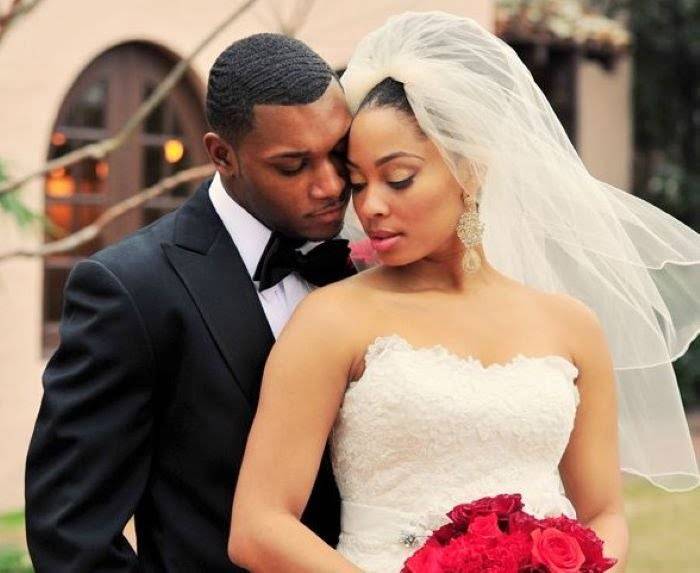Did you know kuhanda ithigi is the most important step in the Kikuyu traditional marriage process?
Generally, marriage in the Kikuyu community is highly valued as the foundation for robust families.
So for your Kikuyu traditional wedding to be considered valid, you must adhere to Kikuyu wedding traditions.
Remember, that even without a church ceremony, the complete Kikuyu traditional marriage process is legally binding and sufficient to commence your union.
This article shares in-depth details of the Kikuyu traditional marriage process capturing what happens during kuhanda ithigi and more.
We’re Event Planners in Kenya Nairobi, Talk to Us for Your Big Day
Are you planning your Kuhanda Ithigi event? Let us guide you through all the stages
Before we dive into the details of kuhanda ithigi and the Kikuyu traditional marriage process, please allow us to introduce ourselves.
At Lucidity Africa Events, we’ve served diverse clients across Kenya since September 2012.
You can therefore count on us to help you plan and decorate your kuhanda ithigi event every step of the way.
Below is a decor plan for one of the kuhanda ithigi ceremonies we’ve planned and executed.
The set up had the following tents, furniture and decor for hire; local white high peak tents, gold chiavari seats, jute table linens and fabric drapes to line the walls.
For the table decor, we used handmade table placemats, adorned with a floral print napkin and a themed floral centre piece.
To symbolize the ceremony at hand, the themed centrepiece had bottlebrush twiggies as the dominant foliage, flanked by purple chrysanthemum flowers and another shade of yellow alstroemeria flowers to brighten the colour palette.
Additionally, there were traditional gourds dangling strategically all around the tent.
The client wasn’t strict on the event colour palette hence the purple and gold tones.
Where to Hire Tents Tables Chairs and Decor for Your Event

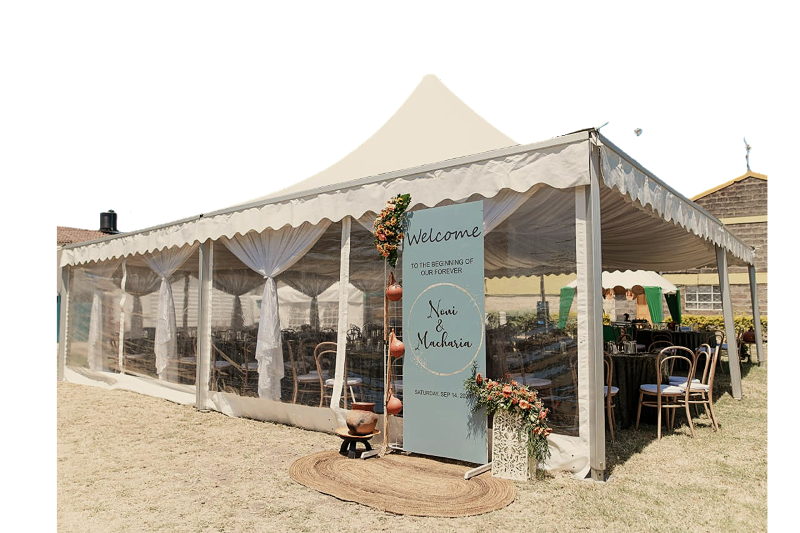
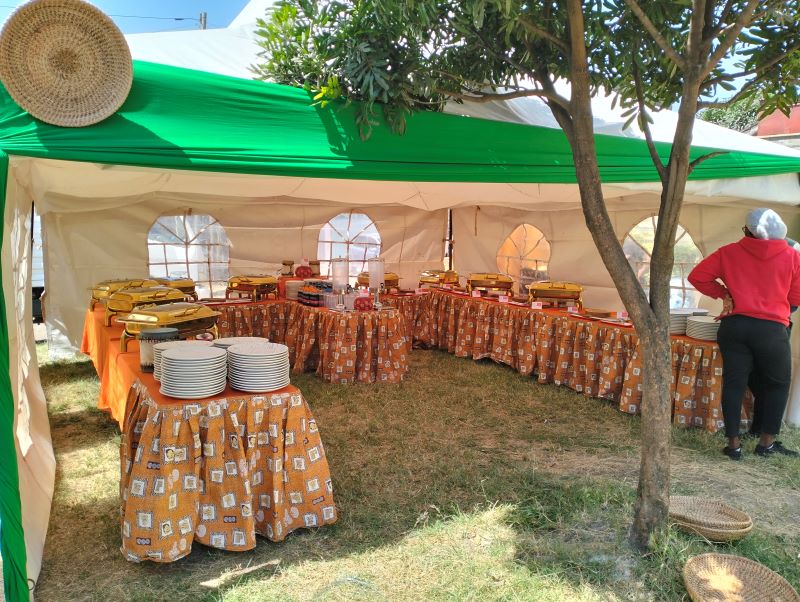
Ready to know what happens during a kuhanda ithigi ceremony? Here are the details.
Starting the process: The Kikuyu traditional wedding composition
Once his bride accepts his marriage proposal, the groom informs his parents/guardians of his intention to marry and settle down.
The groom’s guardians, then inform select athuri (elders) to form the dowry committee.
On their part, the athuri appoint a chief spokesperson whose role is to skillfully steer the negotiations.
The groom also selects some representatives from his rite of passage riika (age group).
Their role being to accompany him alongside his guardian and the athuri to his intended bride’s home.
The bride too informs her guardians of her intention to get married.
And like their counterparts on the groom’s side, they (parents/guardians) invite elders to form a committee for dowry negotiations.
The bride’s close friends, sisters and female cousins are allowed to play escort throughout the process.
Here’s how it all unfolds;
#1. Kikuyu Kumenya mucii
Kumenya mucii is the groom’s parents visit to the bride’s home.
Once the groom and his guardian have their committee in place, the groom informs the bride that he’d like to visit her parents’ home.
On the day of this introduction ceremony, the groom’s entourage sets out bearing gifts.
The gifts are typically edibles and consumables but aren’t part of the dowry.
At this kumenya mucii meeting, the spokesperson informs the bride’s parents of the groom’s interest.
Particularly, that he’d like to request for their daughter’s hand in marriage.
If they accept, the groom’s side delivers njohi ya njurio (traditional brew made out of sugarcane).
This is a confirmation of approval of the impending union and beginning of uthoni (the relationship between the two sides).
A date is then set for the official betrothal or kuhanda ithigi ceremony.
#2. Kuhanda ithigi requirements

So, what happens at kuhanda ithigi?
At this ceremony, the groom’s side delivers mwati (ewe) and harika (small he-goat).
Note: This should be the actual animals not cash. The mwati and harika symbolize the bride’s betrothal and imminent marriage.
Moreover, the groom’s side caters for all expenses at this meeting.
At the heart of this meeting are the actions that the groom takes because this is where he expresses and makes his intentions known to the gathering.
Besides making his intentions verbally known, he plants a tree branch to signify that the bride is effectively ‘off the market’.
So serious and final is the kuhanda ithigi ceremony, that the couple are free to live together as man and wife even before the dowry payment.
Sometimes due to time and financial constraints the entire Kikuyu traditional wedding ceremony process is combined into one.
#3. Kikuyu ruracio ceremony
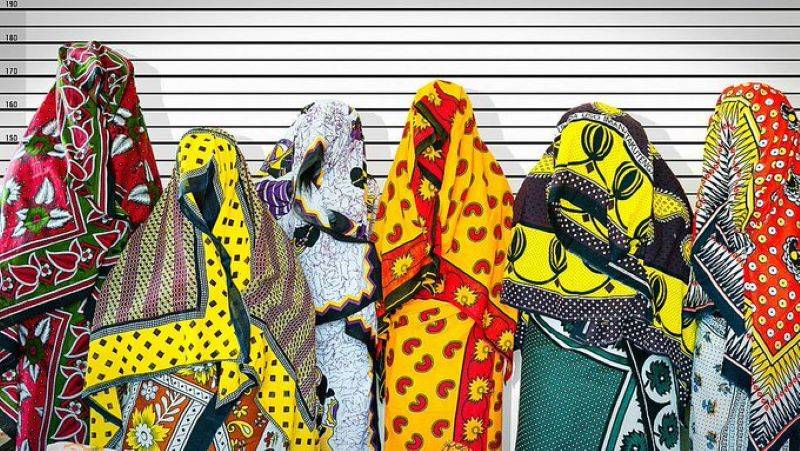
Kuracia or ruracio is the dowry negotiation and payment step of the Kikuyu traditional wedding ceremony process that follows Kuhanda Ithigi.
For this ceremony the groom’s side delivers two ngoimas (fattened rams) amongst other goodies.
As per the customs, the bride’s father is only required to ask for what he’d paid for the bride’s mother.
But due to evolving times, requests vary especially if the bride is highly educated or has a high flying career.
The dowry price is valued in terms of goats, honey and traditional brew.
It’s only after the final price (kunirwo miti) is determined that the agreed value is converted to cash.
#Pro Tip: Regardless of expectations, the groom’s side should have some money on the ready in case the negotiations come to this.
Remember that, dowry payment is not a sprint, rather, it’s a lifetime process and the groom’s duty to honor his obligations to the bride’s family.
Clearance of the dowry debt is always held in good stead and bodes well for a family’s reputation.
#4. Kuona ‘Itara’
Itara is the bride’s parents visit to the groom’s house.
The itara is the storage section for abundant firewood, food and water in a traditional Kikuyu kitchen.
The bride’s parents visit the groom’s home after ruracio for the assurance that their daughter has found an abode with an adequately stocked itara.
The bride’s mother escorts her, and officially hands her over to her mother-in-law who embraces and welcomes her by giving her a tour of the home.
See below pictures of an Itara ceremony reception we styled and decorated.
It was loads of fun, especially creating the firewood loads and water gourds for the bride to pretend to carry!



#5. Kuguraria or gutinia kiande
This is recognized as the crux of the customary wedding ceremony and comes loaded with symbolism.
However, there’s no time limit for kuguraria. It can be performed after the couple’s children are grown and even married.
The groom feeds his bride with the softest part of the front limb of a fattened and already roasted ram to mean that:
- The softness is a symbol of the warmth and affection between them
- The single joint in the front limb signifies the permanence of the union that’s only breakable by death
- The limb itself is a symbol of how resourceful the arm is as a source of support and a shoulder to lean on
The couple also feed each other pieces of goat ears ( kuria matu) to emphasize the value of communication.
At the same time the bride carries out wifely duties to prove that the groom is in the best hands.
For example, she’ll pretend to groom his hair, nails and even feed him porridge (gukundia ucuru).
On completion of this Kikuyu marriage process, if it so wishes, the couple solemnizes the union with a church ceremony.
Frequently asked questions
1. What happens during kuhanda ithigi?
During kuhanda ithigi, the groom makes his intentions known to the bride’s family. He informs them that he’d like to request for their daughter’s hand in marriage. This intention is enhanced by the delivery of mwati and harika to symbolize the bride’s betrothal and imminent marriage. Further solidification of this intention, involves the groom planting a tree branch to signify that the bride is off the market.
2. How much is Kikuyu bride price?
It all depends on the family’s request bearing in mind that dowry to the Kikuyu is a never ending process. But ideally, a father shouldn’t ask for more than he paid for his wife’s dowry. Still, times have changed because in some quarters you should expect to pay more if the bride is highly educated or has a high flying career.
3. What are Kikuyu traditions?
These are the cultural practices, customs and traditions that dictate the way of life of the Kikuyu people of Kenya. They include traditional wedding practices, birth, naming, circumcision, harvest, worship and death. Every life event has a set of rules to guide each generation on how to act.
How to Plan a Flawless Wedding Easily
In summary
I hope you now understand why kuhanda ithigi is the most important step in the Kikuyu traditional marriage process.
The entire Kikuyu marriage process is rife with cultural symbolism to ensure respect for marital unions and that they last for generations.
Besides this, they also come with lots of jubilation, dance, song and feasting because the joining of families and communities in these parts is no mean feat.
While various families have different executions, the predominant factors for a legally binding Kikuyu traditional wedding remain and must include:
#1. Njohi ya njurio: Request for the bride’s hand in marriage.
#2. Kuhanda ithigi: Delivery of mwati, harika and kuhanda ithigi (planting of the tree branch) to confirm that the bride’s betrothal.
#3. Uthoni: Declaration of the beginning of relations between the two families as a result of the betrothal.
Remember, we’re event and wedding planners in Nairobi, here to help with all your kuhanda ithigi and Kikuyu traditional wedding process event planning needs, contact us today and we’ll revert ASAP.

